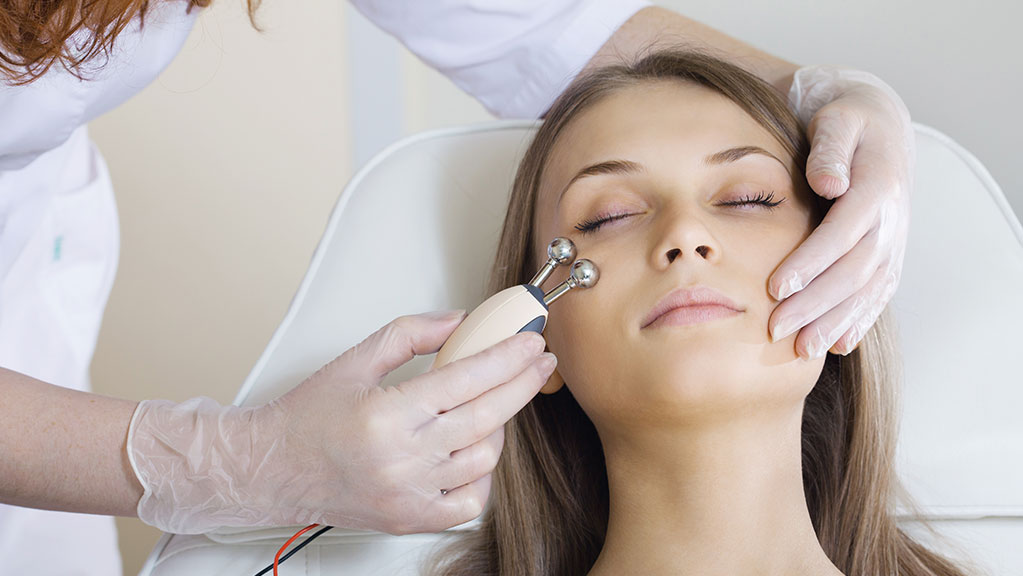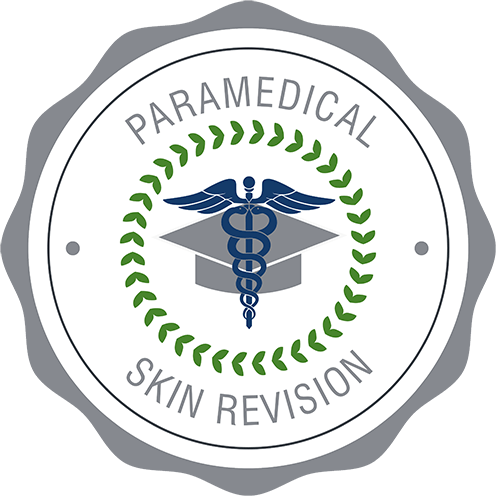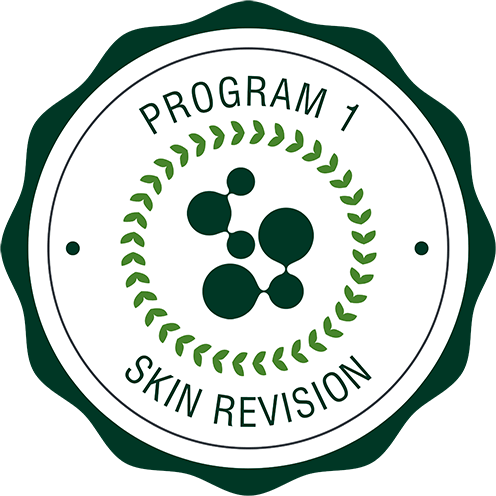Blog

Do this: Microcurrent/Not this: Botox
In this post, we explain Microcurrent; the best treatment to reverse the signs of aging and have radiant, revitalized skin.
What is Microcurrent?
Microcurrent is a revolutionary facial treatment that uses a low level, electrical current to tone and firm the muscle fibers of your face and neck, resulting in more youthful-looking skin. It’s like a personal trainer for your face, except much more gentle! Using an electrical current so low you can’t even feel it, the procedure stimulates your natural production of collagen and elastin, which improves circulation and elasticity, thereby tightening and toning your skin. The effect? Greatly diminished fine lines, creases and wrinkles, a firmer chin line, visibly lifted jowls and eyebrows and a restored youthful glow. Microcurrent also helps combat acne, encourages lymphatic drainage and softens scar tissue. Most clients notice a difference after the first treatment. But since the results of Microcurrent are cumulative, it can take anywhere from four to 12 treatments to reach your desired goal, depending on your body’s unique makeup. After that, it’s just a matter of maintenance treatments.
What is Botox?
Botox is an injectable drug made from the same toxin that causes botulism. It’s been around for a while, used to treat certain medical muscular conditions. An FDA-approved cosmetic form of Botox was developed to temporarily smooth facial wrinkles by literally paralyzing muscles. And while Botox is a proven success, it is not without its risks, which can include everything from dizziness to double vision and drooping eyelids. The effects of Botox wear off in three to six months—which is good news for all the negative side effects but not so great for wrinkles, since injections have to be administered routinely.
What are the main differences between Microcurrent and Botox?
For starters, from a cosmetic perspective Botox only offers temporary relief from wrinkles and fine lines, whereas Microcurrent addresses all the visible signs of aging, and then some. Botox has a whole host of serious side effects, whereas the worst reported side effect of Microcurrent is drowsiness. Microcurrent is also a completely painless procedure (it’s even been known to lull clients to sleep!), while Botox injections require a topical anesthetic cream applied to each injection site, which can be tender to the touch even days later. Lastly, there is a staggering cost difference between the two. The average Botox treatment is about $400 per visit, and for optimal results requires three to four visits per year, for a yearly price tag of $1,200 to $1,600. Microcurrent costs $330 for a series of six treatments plus $66 per monthly-maintenance treatment, for a price of $990 per year. Even if you need 12 Microcurrent treatments, the yearly price tag of $1,188 is still less than the cost for the fewest number of Botox treatments you can get away with.
Why is Microcurrent ultimately better than Botox?
If pain, overall results and cost comparisons aren’t convincing enough, what about from a health perspective? Microcurrent’s impulses actually stimulate your facial muscles (the same 32 points used in traditional acupuncture) triggering your skin’s own collagen production, whereas Botox releases a form of one of the most dangerous neurotoxins into your facial muscles. Plus, the long-term effects from years of getting Botox treatments are unknown. Or, in the words of actress Drew Barrymore, “I’d rather look like a basset hound than do that to my face!”

Like us on Facebook



